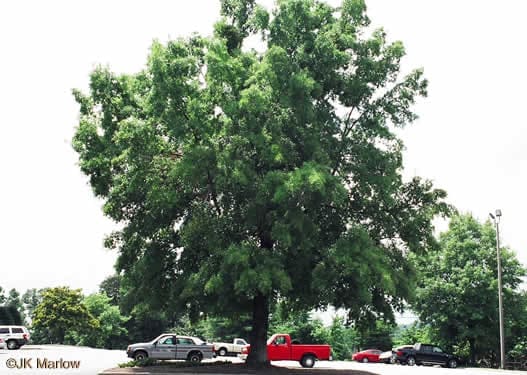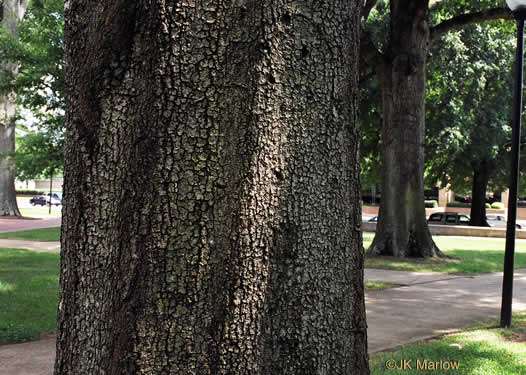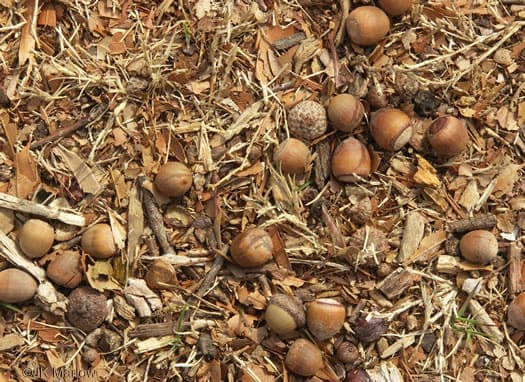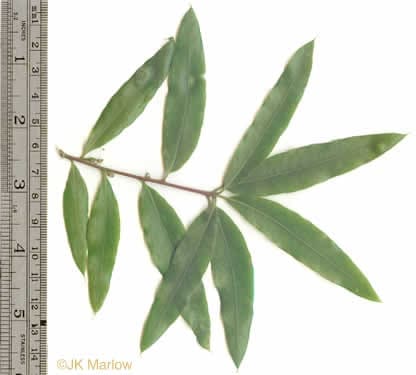Fagaceae
willow oak
Quercus phellos
Other Common Names
pin oak
Plant Type
Large Tree (greater than 25 ft)
Life Cycle
Perennial
Typical Size
40-75 ft. tall
25-50 ft. wide
Tolerant of
Occasional Flooding
Inolerant of
Poorly Drained Soil
Propagation
By seed
Plant Propagation Notes
Acorns require cold moist stratification for 30-60 days
Plant Planting Notes
Willow oaks have fibrous roots and can be transplanted when small. provide adequate space for a canopy spread that could be 50 ft.
Plants/Diseases
Willow oaks seems to be resistant to the ailments that typically affect oak trees, but may be affected by oak skeletonizer, leaf miner, galls, borers, weevils, anthracnose wilt, cankers, leaf spots, and powdery mildew. Chlorosis may occur in alkaline soils.
Wildlife Benefits
Host plant for butterfly larvae, Fruit/seeds for birds, Supports numerous caterpillars (bird food)
Leaves
Leaves alternate, lanceolate or linear with entire or undulate margins.
Flowers
Tiny green to yellow flowers on catkins (male) and short spikes (female).
Fruit
Nut.
Bark
Young bark is smooth and reddish brown, maturing to dark gray with deep furrows and ridges.
Toxicity
No known toxicity.
Edibility
Acorns are edible.
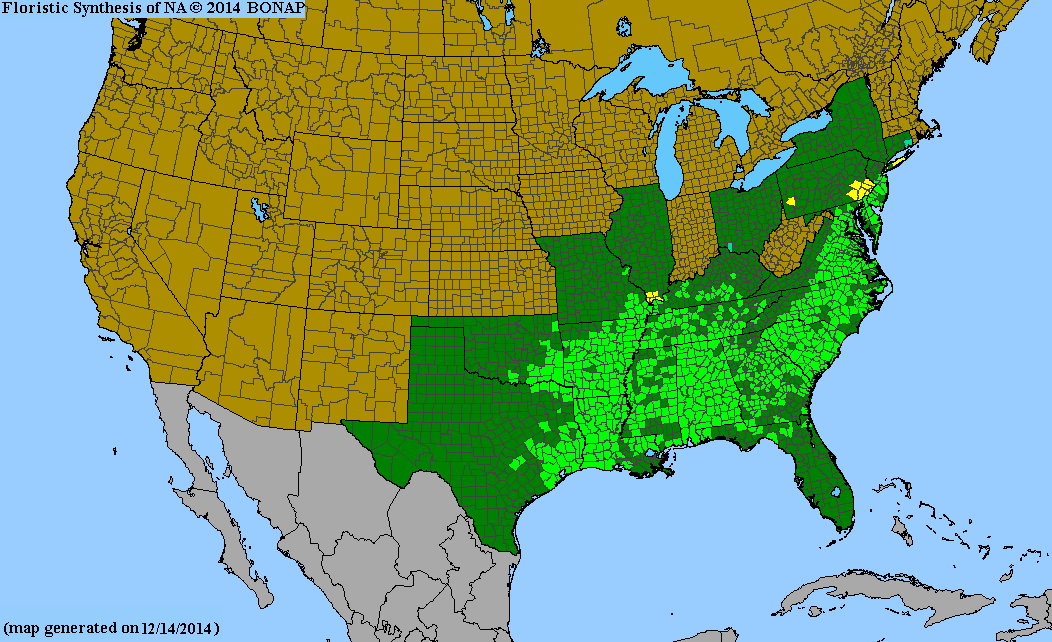
USDA Hardiness Zones
5, 6, 7, 8, 9
Light Exposure
Full Sun, Part Sun/Shade
Soil Moisture
Medium, Moist
Soil Drainage
Well-drained
Soil pH
Acidic (less than 6.0), Neutral (6.0-8.0)
Native in South Carolina?
Yes
Plant Native Habitat
Wet depressions in upland forests, bottomland forests, natural levees. May become weedy in disturbed areas.
Global Conservation Status (NatureServe)
Secure (G5)
Federal Conservation Status (USFWS)
Not Listed
Distribution Notes
Common in the South Carolina coastal plain and sandhills. Uncommon in the piedmont. Absent from the mountains.

